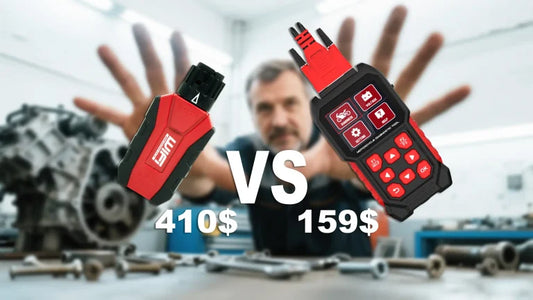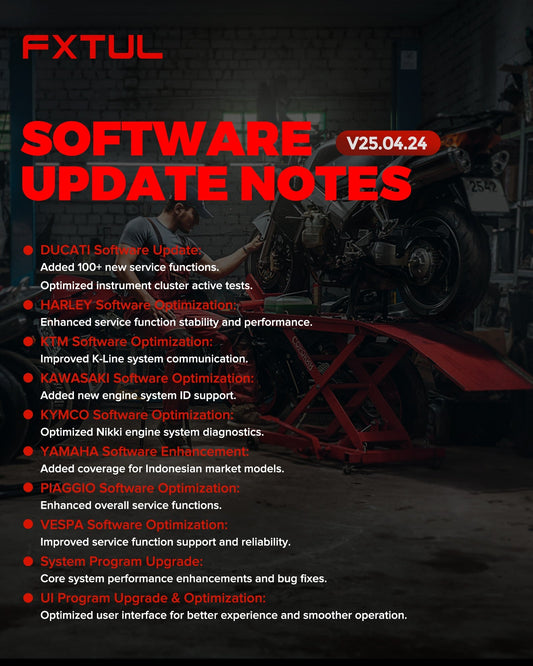How to Choose the Right Spotlight for You?
Before selecting, ask yourself: What will I primarily use it for?
1. Determine Type and Beam Pattern
· Driving Lights/High-Beam Assist Lights:
· Beam Pattern: Long, narrow high-beam beam with extremely long range.
· Purpose: Highways, unlit national roads. Strictly prohibited during oncoming traffic.
· Fog Lights:
· Beam Pattern: Wide, low-profile cut-off beam hugging the road surface with strong penetration.
· Purpose: Rain, snow, fog conditions—illuminates road edges without creating glare reflections.
· Flood Work Lights:
· Beam Pattern: Extremely wide, scattered light with short range but massive coverage.
· Usage: Off-road illumination of vehicle surroundings, campsite lighting, and reversing assistance.
· Combined Beam Patterns: Many spotlights employ a “high beam + floodlight” combination, balancing distance and width.
2. Key Selection Parameters
· Power and Energy Consumption:
· Check the lamp's rated power (watts, W). A pair of 100W lamps has a total power of 200W.
· Core Calculation: Using the formula Current (A) = Power (W) / Voltage (V), at 13.5V vehicle voltage, a 200W light set draws a high operating current of 14.8A! This determines subsequent wiring and relay selection.
· Light Source Type:
· LED: The absolute mainstream choice. Features low energy consumption, long lifespan, instant illumination, and excellent shock resistance. When selecting, prioritize heat dissipation design (larger metal heat sinks are better).
· Protection Rating:
· Look for IP Ratings like IP67 or IP68. IP67 indicates complete dustproofing and brief water immersion capability, while IP68 offers higher protection. This is crucial for motorcycles and off-road vehicles frequently exposed to rain.
· Mounting Method and Dimensions:
· Ensure the light can be securely mounted on your vehicle (bumper, light bar, mirror mount, etc.). Measure available space to avoid selecting an overly large light housing.
Safe Installation Procedures and Circuit Principles
This is the core of this article. Never connect spotlights directly to the vehicle's original headlight wiring!
Core Safety Component: Relay
Why Must a Relay Be Used?
· Spotlights draw significant operating current (over 10A), which the vehicle's original light switches and wiring cannot handle.
· A relay is an electromagnetic switch that controls high current with low current. It allows your vehicle's original wiring to function solely as a “signal wire” that triggers the relay to connect another “main power line” directly from the battery to supply power to the spotlights. This protects the vehicle's original circuitry.
Required Materials List:
1. Spotlights (One pair)
2. Wiring harness kit (recommended) or purchase the following components separately:
3. Relay (minimum 30A, e.g., Hella, Bosch brands)
4. Fuse & fuse holder (rated higher than total spotlights current, slightly below wire gauge capacity, e.g., 20A)
5. High-temperature resistant wire (16 AWG or thicker recommended for main circuit)
6. Waterproof switch
7. Wire terminals, heat shrink tubing, cable ties, multimeter
Eight-Step Safe Installation Method
Step 1: Planning & Power Disconnection
· Plan the routing for spotlights, switches, relays, and wiring.
· Disconnect the vehicle battery's negative terminal. This is the first step for all electrical work!
Step 2: Secure Spotlights & Switch
· Firmly mount spotlights in designated locations.
· Install the control switch in the cab where it's easily accessible but out of the way.
Step 3: Connect Main Power Wires
· Run the positive power wire (sufficiently thick, e.g., 16 AWG) through the fuse holder to the battery positive terminal. The fuse should be as close as possible to the battery positive terminal—this is the “lifeline” that instantly cuts power in case of a short circuit.
· Connect the negative wire to the battery negative terminal or a clean, reliable ground screw on the vehicle body.
Step 4: Layout the Control Circuit
1. Relay Wiring (Refer to Relay Housing Diagram):
· Terminal 30: Connect the main power wire from the battery positive terminal (via fuse).
· Terminal 85: Connect the ground wire (chassis ground).
· Terminal 86: Connect the switch's positive control wire.
· Terminal 87: Connect the positive wire to the spotlight.
2. Switch Wiring:
· The other end of the switch must connect to an ACC (Accessory) power source controlled by the ignition key. This step is critical! It ensures the spotlight only activates when the key is in the “ON” position, preventing battery drain from forgotten lights.
· How to locate the ACC power source? Use a multimeter to test power at interfaces like the cigarette lighter or radio. The one that has power when the key is ON and no power when OFF is the ACC source.
Step 5: Connect the Spotlights
· Split the positive wire from the relay's “87” terminal to connect to the positive terminals of both spotlights.
· Connect the negative terminals of both spotlights in parallel to a sufficiently thick ground wire, then attach this wire to a solid ground point on the vehicle body.
Step 6: Routing and Securing
· Secure all wiring harnesses firmly to the vehicle frame using cable ties, keeping them away from heat sources (engine, exhaust manifold), moving parts (steering column, suspension), and sharp edges. Use conduit or corrugated tubing for additional protection in critical areas.
Step 7: Final Inspection and Power Test
· Before reconnecting the battery, visually inspect all connections for tightness and correct polarity, especially ensuring fuses are properly seated.
· Reconnect the battery negative terminal.
· Without starting the engine, turn the ignition key to test switch functionality. Lights should operate normally (on/off).
Step 8: Final Adjustments and Sealing
· Turn on the spotlights and adjust their beam angle to avoid blinding oncoming drivers or shining too high.
· Waterproof seal all exterior wiring points (e.g., relay sockets, wire lug connections) using electrical tape or liquid electrical sealant. Heat-shrink tubing is a more professional and reliable option.
Special Precautions for Motorcycle Installation
· Legality of mounting location: Handlebars, front forks, or bumpers are common choices, but ensure they do not obstruct license plates or interfere with steering.
· Exercise Extra Caution with Wiring: Motorcycles have limited space, making wiring more prone to interference with moving parts. Thoroughly inspect all connections and ensure waterproofing (use heat-shrink tubing or waterproof connectors at joints).
· Power Consumption and Battery Capacity: Motorcycle batteries have significantly lower capacity than automotive batteries. When installing high-wattage lights, verify whether they cause excessive battery drain during idle operation. It is recommended to use these lights while riding and avoid prolonged idle operation with lights on.
Safety is the only standard.
Installing spotlights on your beloved vehicle is an incredibly rewarding DIY project. But always remember: reliable electrical design and installation are far more important than the brightness of the lights themselves. Follow this guide with patience and precision, and you'll not only illuminate your path ahead but also gain lasting peace of mind.




